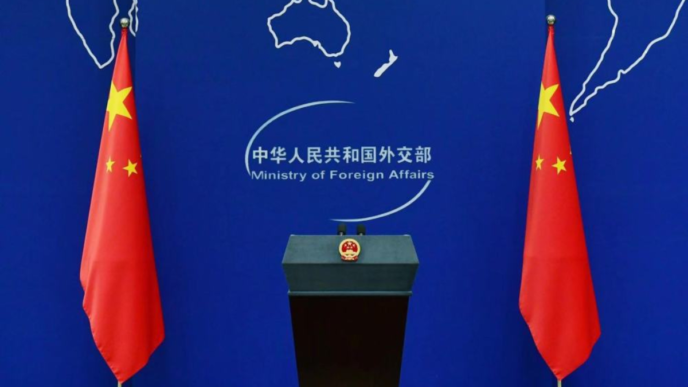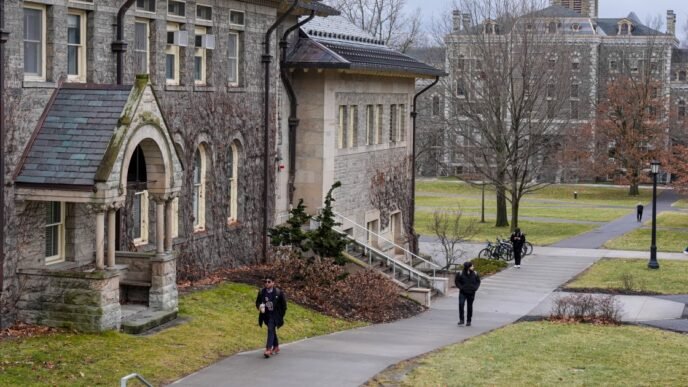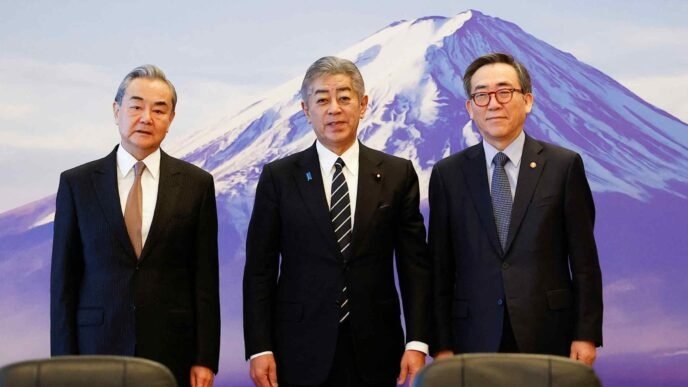For the first time since the NCAA began hosting a women’s basketball tournament in 1982, a deep run through the bracket will produce more than bragging rights or a championship banner.
Money is on the line, too.
Every game that a school plays between the First Four through the Final Four — making the championship game doesn’t count — will earn what the NCAA calls a “unit,” essentially one slice of the annual television revenue brought in from the NCAA’s media rights deal to broadcast the tournament. All units earned by a conference’s members during a women’s tournament will be paid by the NCAA to the conference, which then splits up the pool of money and redistributes it back to the schools over the next three years.
At stake this year are 132 units worth a combined $15 million, meaning that if No. 1 overall seed UCLA advances to the championship game, it would earn the Big Ten conference $1.3 million to be paid out through 2028. (Conferences use different methods to decide which schools receive how much.) That pool available for tournament teams will grow to $20 million in 2026, $25 million in 2027 and increase by 2.9% annually after that, the same rate as other Division I funds.
There’s a reason why the NCAA landed on this unit-based system: It is the same one that’s been used to reward men’s teams in the NCAA Tournament since 1991.
Between 1997 and 2018, the combined units earned by men’s teams from the Big Ten Conference alone raked in an estimated $340 million, according to a 2019 analysis by The Associated Press.
During the same span, meanwhile, women’s basketball teams including powerhouses Connecticut, Tennessee and South Carolina earned zilch.
Among the numerous books on sports written by Andrew Zimbalist, an economics professor at Smith College, is 1999’s “Unpaid Professionals: Commercialism and Conflict in Big-Time College Sports,” in which he argued for the NCAA to adopt a unit-based payment system for women’s basketball. Zimbalist told NBC News that when Myles Brand was the NCAA president from 2003 to 2009, he had spoken with Brand about fixing what he called the discriminatory disparity that saw men’s teams, but not their women’s counterparts, paid for their performance.
“It never had any justification,” Zimbalist said.
More from NCAA Tournament
Why did it take 34 years to fix? The longtime argument against such a move — that the men’s tournament drew more viewers and was thus more valuable — ignored that the women’s tournament nonetheless also drew millions of viewers as well, and could have drawn even more had it been marketed equally to the men’s, Zimbalist said.
“It never would have made any sense to say that women should get paid zero, because the women in fact were attracting customers and revenue,” he said.
That 34-year gap between the first tournament payouts for men and women was why in Janu, when an NCAA council approved a fund to start the payments, Danielle Donehew, the executive director of the Women’s Basketball Coaches Association, called it a “momentous victory” that was “the culmination of decades of hard work.”
That victory arrived, in part, because of pressure. In 2021, women’s basketball players taking part in the NCAA Tournament documented on social media the disparities in how they were treated compared to the men, ranging from paltry weight rooms to meager gift bags. With players agitating for equal treatment and the public asking questions, the NCAA hired a law firm to conduct a gender equity assessment. The findings, released in 2021, were scathing.













